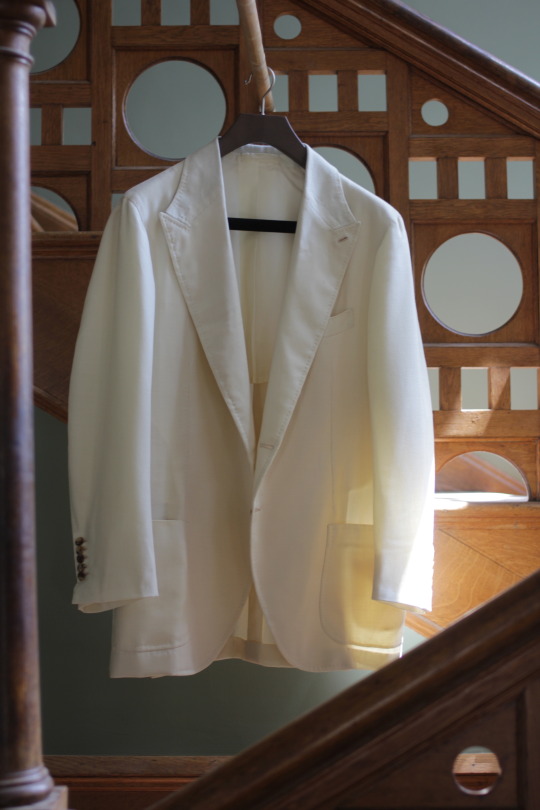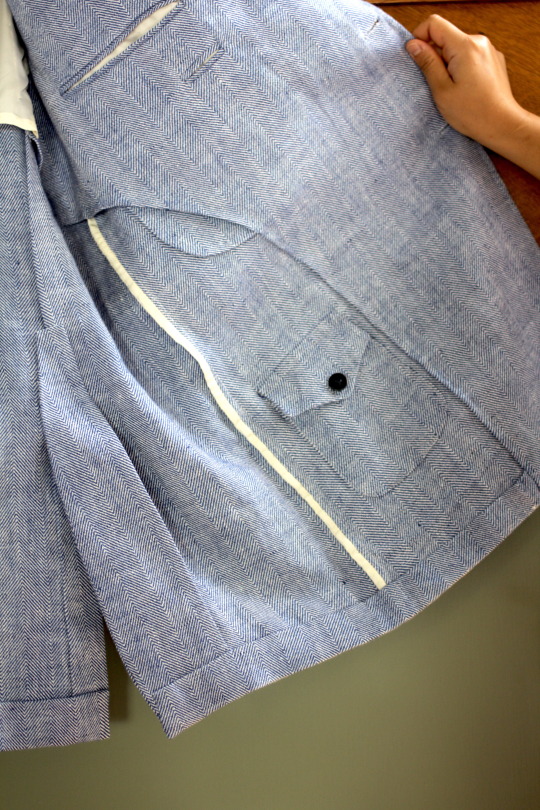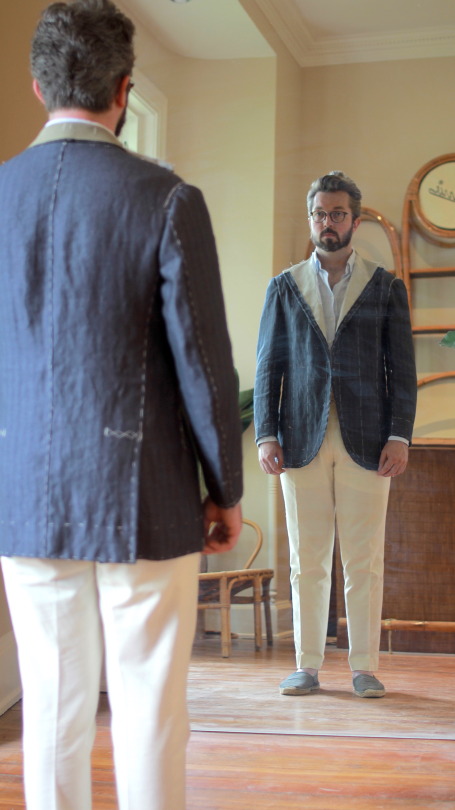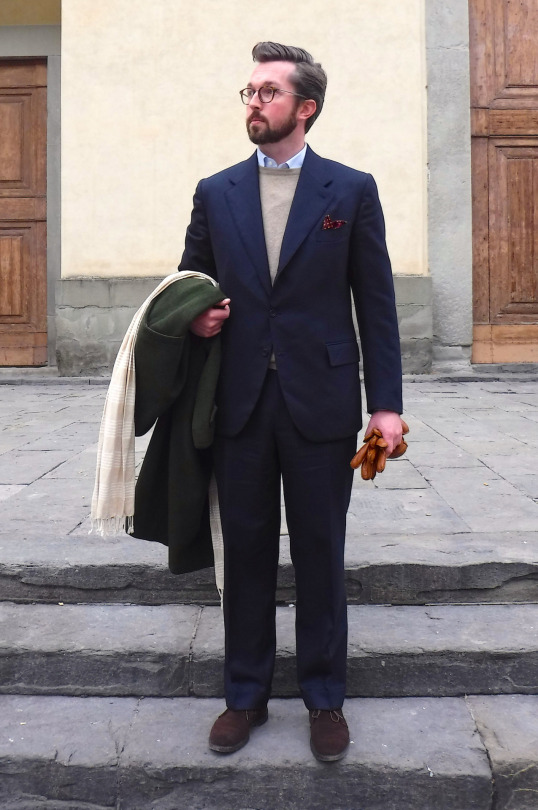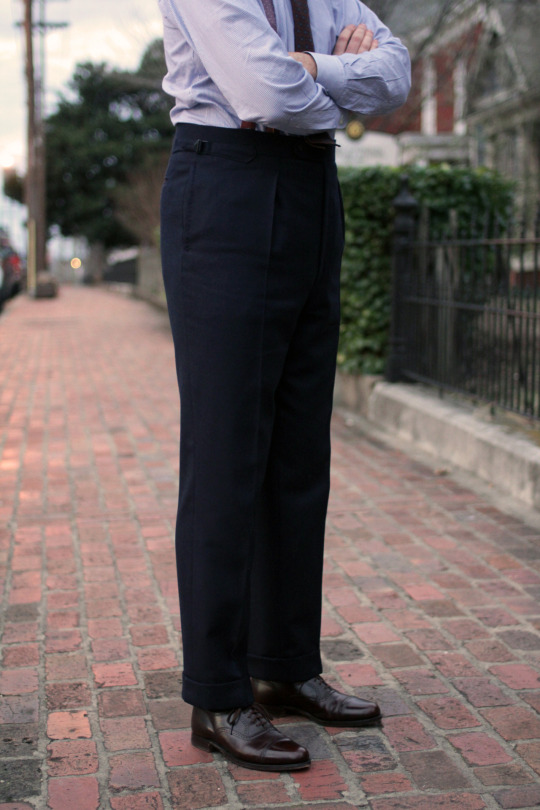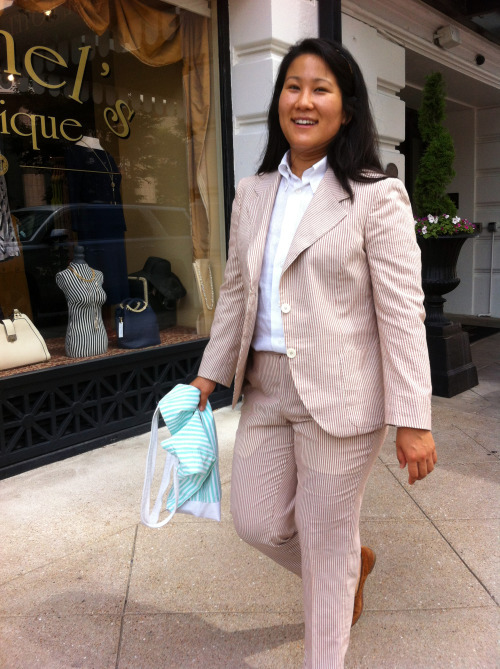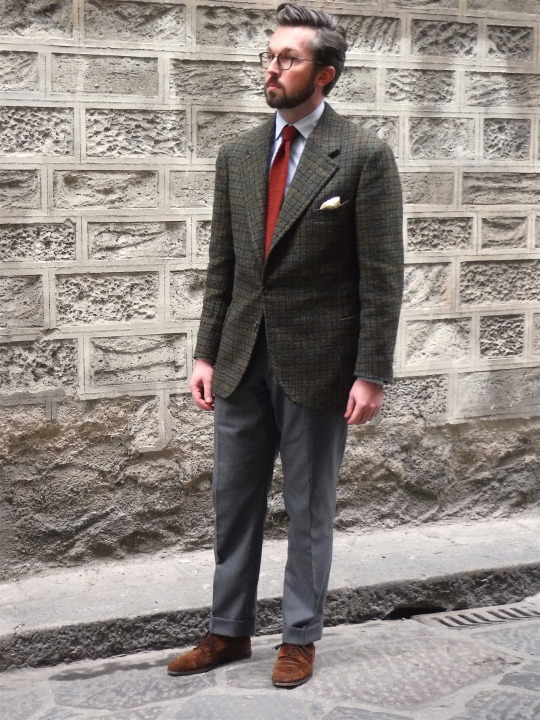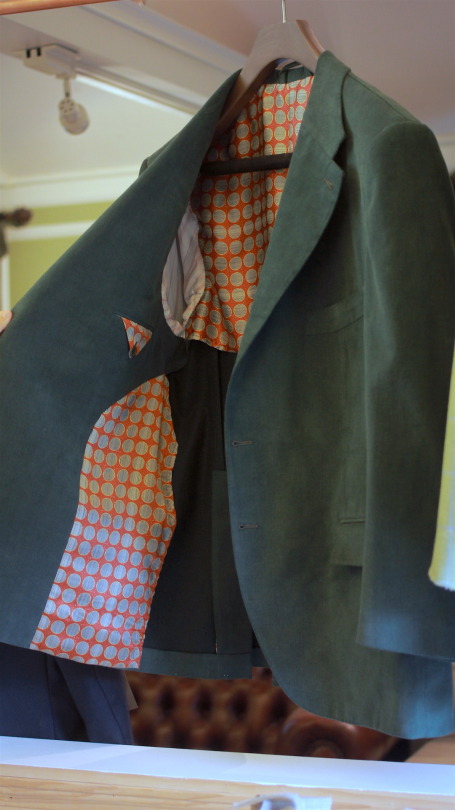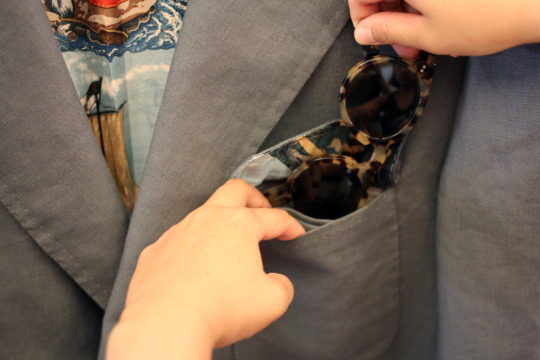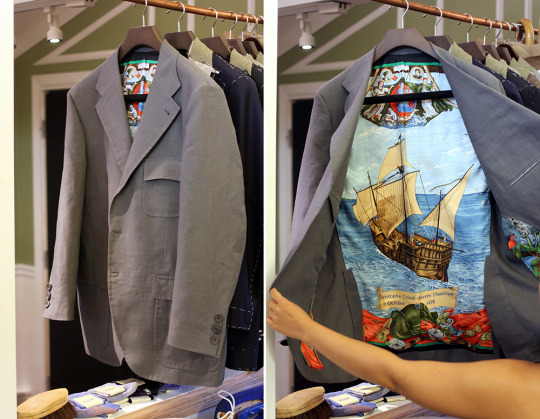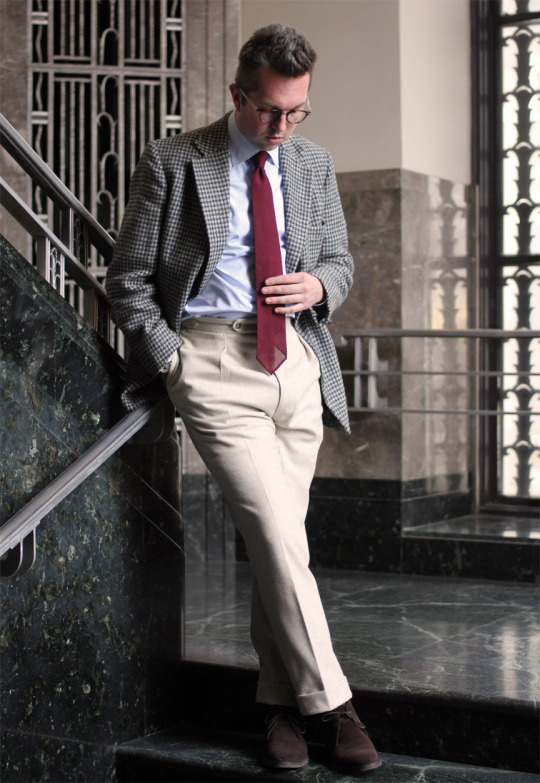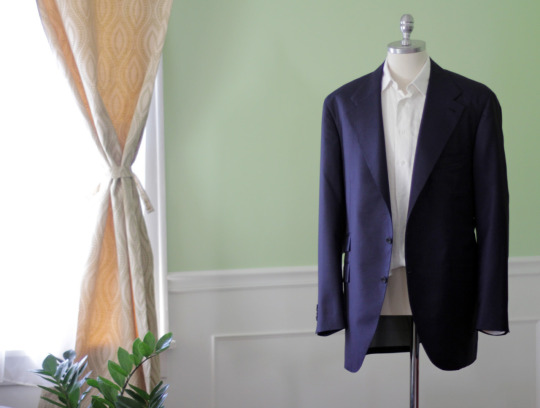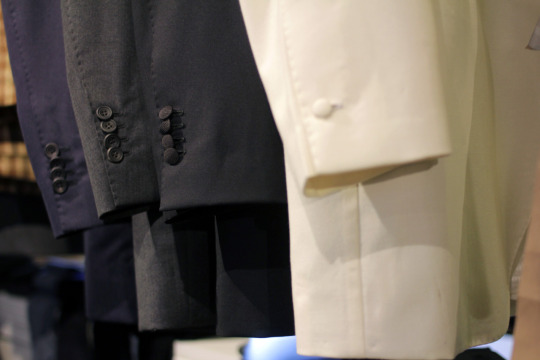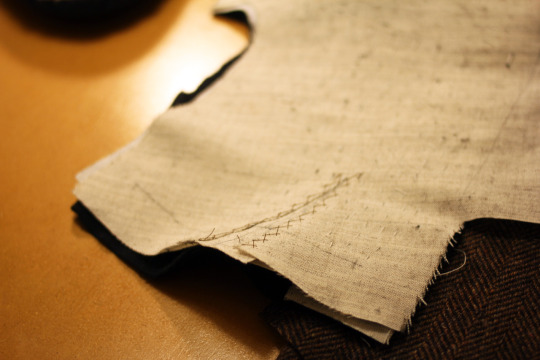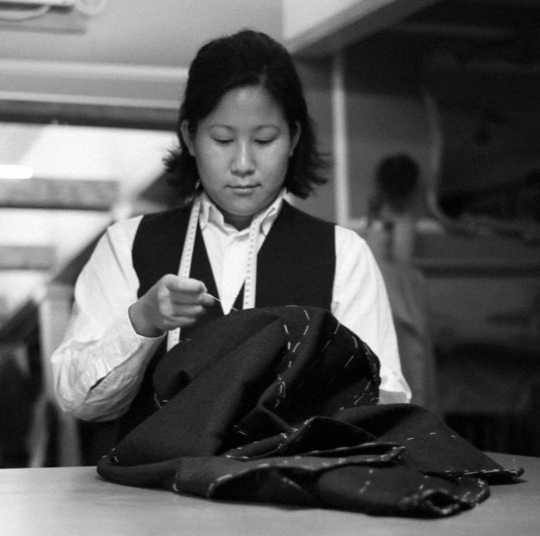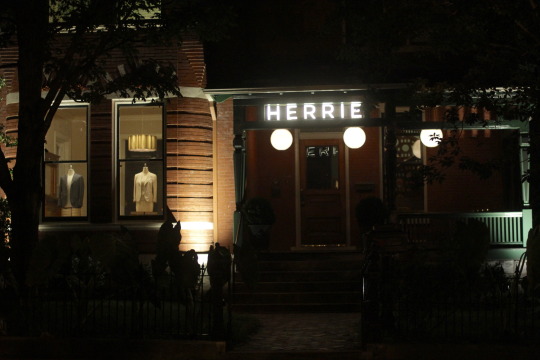
Tailoring is a fierce trade with an ever-shrinking market. Which is perhaps why, if you talk to enough tailors, you’ll find they all hate each other. A tailor will tell you so-and-so is cheating his customers by using cheaper trims. Or such-and-such tailor isn’t cutting things right. For whatever reason, this sort of talk is especially common among the older tailors in Southern Italy, who are all too eager to tell you how everyone is doing things wrong except them.
Part of this is the natural sniping that happens in small, competitive industries. The other part is about how tailors are trained. Traditionally, a tailor will enter the trade by apprenticing under a master cutter or tailor. Since their work as an apprentice is still contributing to the shop’s general output, that means things have to be done in a very careful and specific way. This lends a kind of rigidity to the learning process that, I assume, carries with the person throughout much of the career. People who do things differently are thought to be wrong, lazy, or just outright evil.
Not all tailors are so rigid in their thinking. I’ve had some great conversations with Herrie Son, a young up-and-coming tailor located in Nashville, Tennessee – a city admittedly better known for its down-home country music than traditional suits and sport coats. Still, Herrie brings a bit of Savile Row craft to the American South. She got her start at the London College of Fashion, where she focused on handcraft tailoring, and then did some work for Thom Sweeney and Welsh and Jefferies. At the first, she learned how to cut; at the second, she learned how to make.
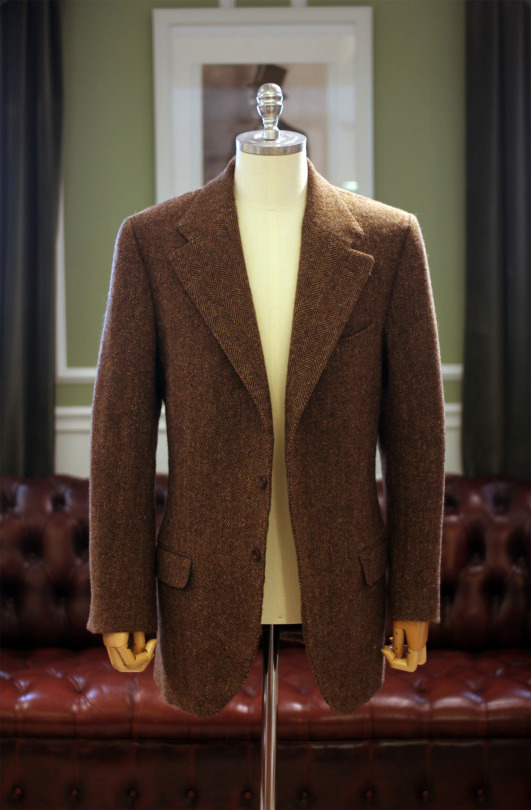
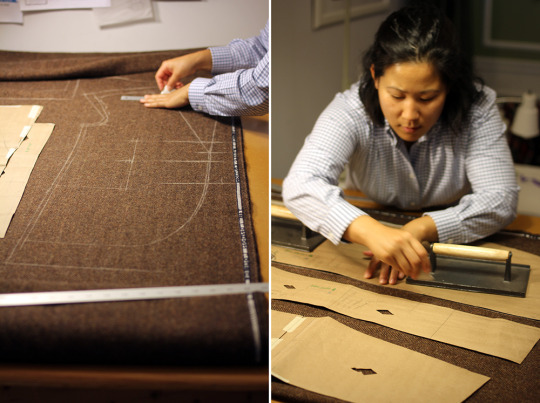
Herrie returned to the US after a three year stint in London, and upon her return, she worked for another tailor before deciding to open her own shop (which she simply named Herrie). And while she has a distinctive house style, she’s pretty flexible about what she’s willing to make. “I love tailoring from the 1930s,” she says. “So I like to cut the chest with a bit of drape, have the lapel start to roll a little higher, and make the sleeves a touch full. Those are things I’d always encourage a client to have, but I can also accommodate almost any request.”
Herrie’s flexibility comes from her willingness to experiment with a broad range of drafts – a tailoring term for a set of measurements that lend certain proportions to a garment. In her work, she’s experimented with sleeve drafts from Huntsman, trouser drafts from Rundschau (a German publisher), and construction techniques from Southern Italy. You can see the effect below, where her suits and sport coats have straight, but sloping shoulders, a slightly fuller chest, and expressive, straight-cut lapels.
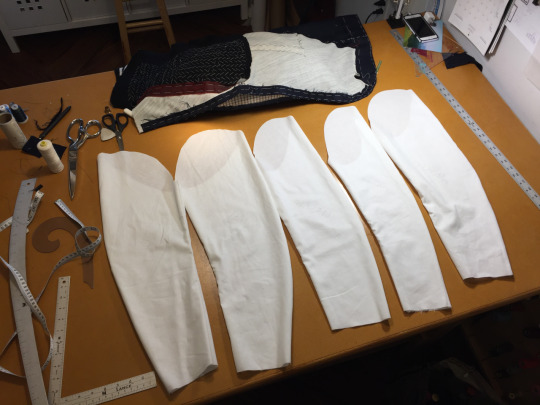
Being so experimental means Herrie’s had to learn to do things in different ways. For example, English jackets are typically made with three layers of cloth. There’s the body canvas, which is made from wool. Then a horsehair chest canvas, which typically goes from the bottom of your rib cage to your shoulders. Finally, you have a layer of domette, which is a fluffy material used to prevent the wiry horsehair from poking through. If there are cuts in the canvas, a tailor may even put patches in these areas to give them support. In the end, that’s a lot of cloth.
On the upside, English jackets can wear like armor, which means they’re a bit easier to fit (as all the structure helps smooth out the cloth when it’s hanging on your body). On the other hand, it can be very labor intensive to re-do the interior, which is why English tailors often put so much emphasis on the cutting process. Measure twice, cut once. That way, you don’t have to re-do any of the stitching inside.
Things are different in Italy. Jackets are often made with just one layer of body canvas, which is what gives them that softer, more casual feel. At the same time, the lack of structure can make it harder to properly fit a jacket (think of how wrinkles show up more easily on a dress shirt than a sport coat). So, when you’re being fitted for an Italian suit, a tailor will essentially just drape the jacket on you, then rip out the padding, move around some cloth, and pin things until they look right. That’s why Italian tailoring is often about the precision of the fitting, while English tailoring relies more on the precision of the cutting.
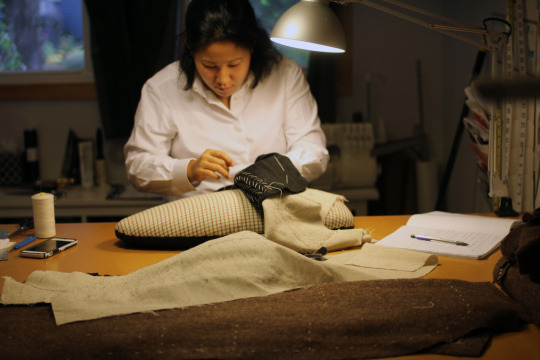
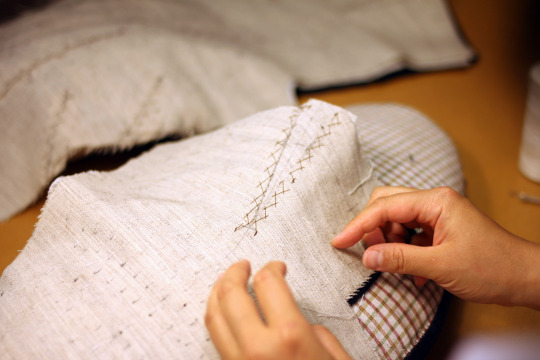
Herrie is good at both. Although she was trained in London, she mostly uses a softer, Neapolitan-inspired construction that suits Nashville’s warmer climate. “When I cut in the Neapolitan style, I’ll cut everything a bit easy,” she says. “I’ll add a little more to the side seams, a little more to the shoulder, a little more to the body. I’ll also cut the body canvas in certain ways to give it shape.” In the photo above, you can see how Herrie uses a cut and wedge near the armhole to accommodate a forward-pitched shoulder. Strategic cuts like this help shape minimally structured jackets – turning a two-dimensional piece of cloth into a three-dimensional form.
Like many tailors these days, Herrie says she mostly sees customers who wear tailored clothing because they want to, not because they have to. That means about half of her work is in conservative, dark worsted business suits, but the other half is in casual sport coats made from materials such as linen and high-twist, open weave wools. And there’s been a bit of experimentation – things with unusual linings or pockets. One customer wanted a pocket for his sunglasses, hidden behind the outbreast pocket on a grey jacket (pictured below). Another wanted a specialized pocket for his handgun (this is the South, after all). There’s even been a request for a tailcoat. “Apparently there’s a gala season here,” says Herrie.
This year, the company is introducing a new made-to-measure range, which is basically like their bespoke service, but is made straight-to-finish. With bespoke, Herrie does all the pattern drafting and cutting herself in Nashville, but then sends the pieces out to Naples, Italy for making (she has a coat-maker and trouser-make there she relies on). The garment is basically shipped back and forth like this in-between fittings.
With MTM, the garment is still handmade in Italy, but there aren’t multiple fittings. Instead, the store will have a set of try-on garments, which Herrie will use on a client to see what needs to be adjusted. Kyle Komline, Herrie’s partner, tells me they can accommodate for almost anything. “We can adjust for asymmetrically sloped shoulders, front-to-back balance, etc.” The process is quicker and the garment may need some small alterations in the end, but it comes at a considerably lower price. The couple is still trying to decide what they’ll charge, but it’ll be roughly around $1,500 for a two-piece suit (an incredible value for the amount of work involved).
Unfortunately, Herrie and Kyle don’t travel at the moment for fittings, but you can visit them in Nashville. Later this year, they’re opening a new shop in the Germantown area of the city, where they’ll have their bespoke and MTM services, as well as a range of ready-to-wear accessories (think ties, pocket squares, over-the-calf socks, and the like). Interested parties can contact them for appointments through their website.

